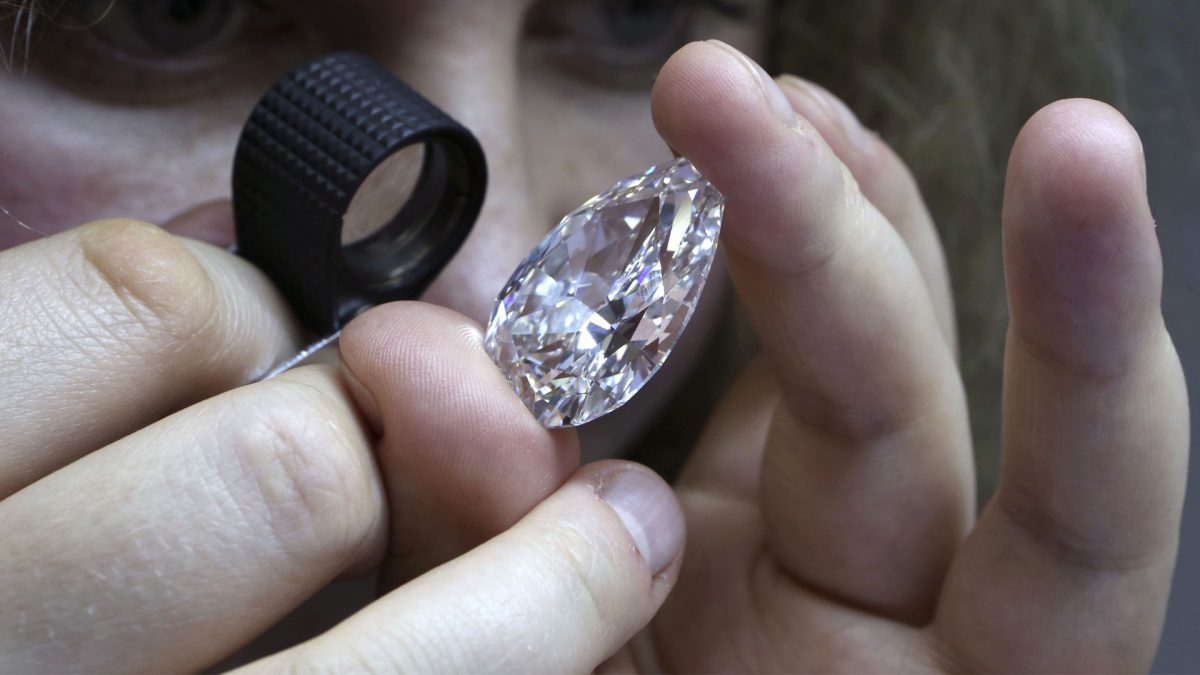In a bold effort to tackle the climate crisis, scientists have proposed releasing diamond dust into the atmosphere to cool the planet.
While it may sound extravagant, the study, published in Geophysical Research Letters, explores the idea of using five million tons of pulverised diamonds annually to reflect sunlight and reduce global temperatures.
If sustained over 45 years, the researchers believe this intervention could cool the Earth by nearly 2.9 degrees Fahrenheit, keeping warming just below the critical 2.7-degree threshold.
The cost, however, is staggering — nearly $200 trillion — making this solution more of a thought experiment than a practical plan. Still, researchers argue that such extreme ideas are worth considering as we face increasingly dire climate projections.
The study’s real value lies in examining all potential tools to combat climate change, even the ones that seem unrealistic.
This approach falls under the field of solar geoengineering, specifically, a technique called stratospheric aerosol injection. The idea involves dispersing tiny particles into the upper atmosphere to reflect sunlight and reduce heat absorption.
Along with diamond dust, researchers modelled the effects of several other aerosols, including sulphur, to determine which materials would perform best under real-world conditions.
The simulations looked at how well each aerosol reflected sunlight, how long it stayed airborne, and whether it clumped together — known as coagulation — when suspended in the atmosphere. Interestingly, diamond dust performed exceptionally well. It resisted clumping, stayed aloft longer, and avoided turning into acid rain, a common drawback with other materials.
Impact Shorts
More ShortsSulphur, despite being the second-worst candidate in terms of clumping, remains a more practical option. Douglas MacMartin, an engineer at Cornell University involved in the study, explained that sulphur’s affordability and ease of deployment make it more feasible.
Volcanic eruptions have provided real-world insights into how sulphur particles behave in the atmosphere, giving scientists confidence in its suitabilty for large-scale climate interventions. Since sulphur is a gas, it could be released easily by aircraft, unlike the heavy payloads required for diamond dust.
While the dazzling idea of a diamond-smeared sky is unlikely to take off, the study sheds light on the complexities of geoengineering. Experts like Shuchi Talati, founder of the Alliance for Just Deliberation on Solar Geoengineering, highlight the importance of understanding the physics behind potential solutions. According to Talati, grasping these details is essential before evaluating the broader environmental and social impacts of such interventions.
Ultimately, the research underscores the need to keep exploring every possible tool to mitigate climate change, even unconventional ones. Though diamond dust may not be the answer, it keeps the conversation open about what it will take to safeguard the planet for future generations.


)

)
)
)
)
)
)
)
)



